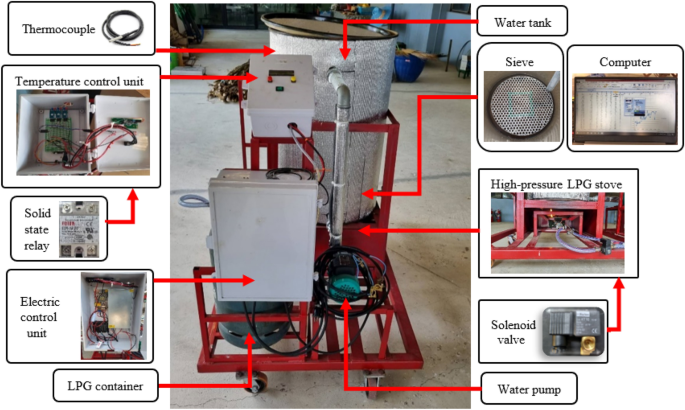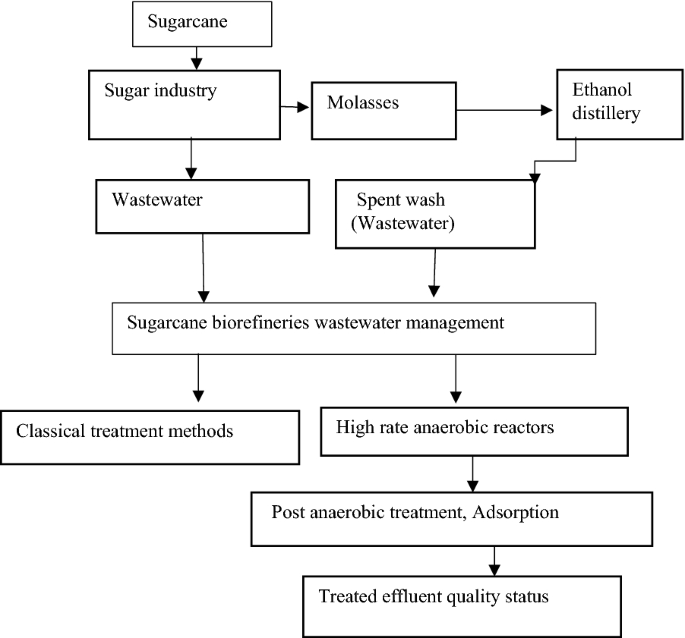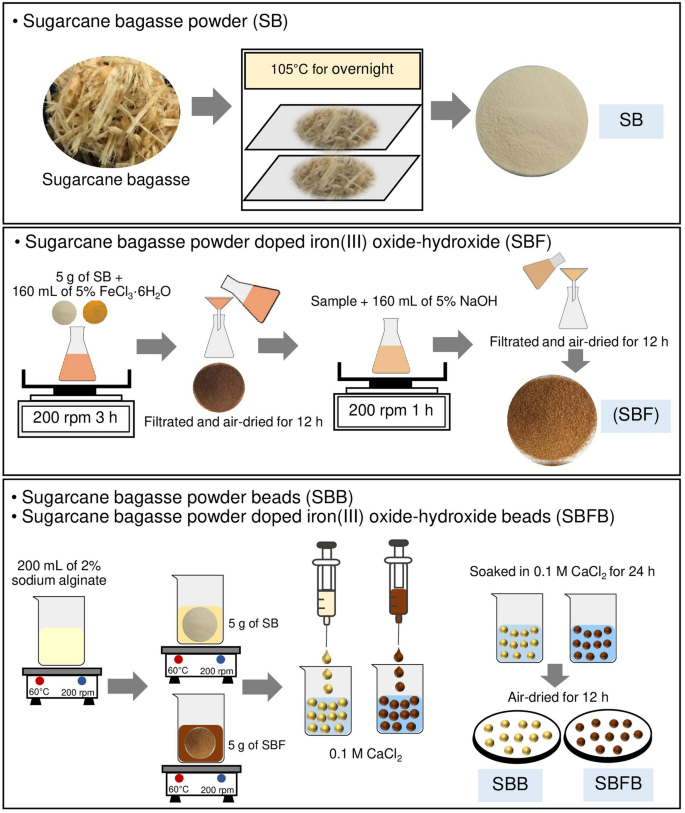Exploring the Environmental Impact of Products From Sugarcane
Exploring the Environmental Impact of Products From Sugarcane
Blog Article
Discover the Cutting-edge Benefits of Products From Sugarcane for Lasting Living
Sugarcane has actually become an essential source in the pursuit for lasting living. Its varied applications span naturally degradable product packaging, renewable resource, and healthier food alternatives. As sectors seek eco-friendly options, sugarcane's flexibility supplies encouraging solutions. The real possibility of sugarcane prolongs beyond its current usages. Discovering its innovative advantages could reveal new paths towards a much more sustainable future. What other opportunities might this remarkable plant hold?

The Increase of Sugarcane as a Sustainable Resource
As global recognition of environmental issues expands, sugarcane has become a famous sustainable source. This versatile plant offers a variety of advantages that add to environmentally friendly methods. Sugarcane is a renewable energy, efficient in prospering in varied environments while soaking up carbon dioxide, thus mitigating greenhouse gas exhausts. Its quick growth cycle allows for frequent harvesting, resulting in a continual supply of raw material.Additionally, sugarcane cultivation commonly calls for much less water compared to various other crops, making it a reliable alternative in water-scarce regions. The byproducts of sugarcane, such as bagasse and molasses, can be repurposed for different applications, lowering waste and advertising circular economic situation principles. Innovations in farming practices have led to more sustainable farming techniques, better enhancing sugarcane's environmental profile. As customers progressively look for sustainable choices, sugarcane attracts attention as a sensible choice for those devoted to decreasing their environmental impact.
Biodegradable Product Packaging Solutions
How can biodegradable product packaging services transform the way customers approach sustainability? By utilizing sugarcane-based products, these innovative options supply an engaging alternative to standard plastics. Biodegradable packaging made from sugarcane disintegrates normally, noticeably decreasing landfill waste and greenhouse gas discharges. As customers become increasingly knowledgeable about their ecological effect, the demand for lasting product packaging continues to rise.These sugarcane-derived products not only serve practical purposes but additionally line up with eco-conscious consumer values. They supply a concrete way for individuals and services to add to a circular economic climate, advertising resource performance and decreasing ecological impacts. Additionally, as industries adopt biodegradable choices, they promote a society of sustainability that reverberates with an expanding group looking for accountable choices.In essence, biodegradable product packaging services from sugarcane stand for a crucial progression in sustainable techniques, encouraging customers to make environmentally pleasant decisions without sacrificing convenience or top quality.
Renewable Power Generation From Sugarcane
A substantial section of renewable resource generation can be originated from sugarcane, showcasing its adaptability past conventional agricultural usages. Sugarcane biomass, including bagasse and leaves, is a powerful resource for bioenergy production. This biomass can be exchanged biofuels such as ethanol, which works as a cleaner option to nonrenewable fuel sources. Furthermore, the combustion of sugarcane byproducts produces heavy steam and electricity, supplying a power source for sugar mills and neighboring communities.The farming of sugarcane additionally contributes to carbon sequestration, as the plants absorb co2 throughout their growth cycle. By using sugarcane for power, waste is lessened, and sustainable practices are urged. This renewable resource technique not only sustains power needs but also promotes country development, producing jobs in bioenergy fields. On the whole, sugarcane stands apart as a principal in the shift to lasting power solutions, aligning with worldwide efforts to decrease carbon impacts.

Eco-Friendly Textiles and Fabrics
Green fabrics and materials originated from sugarcane present an appealing option to standard products. These naturally degradable alternatives not just reduce environmental effect however also supply resilience and efficiency comparable to traditional textiles. Lasting production processes additionally improve their appeal, making them an important component of a sustainable way of life.
Biodegradable Textile Choices
Why is the change towards eco-friendly fabric options important for sustainable living? The enhancing awareness of ecological degradation has actually motivated a search for options to traditional fabrics, which typically add to contamination and waste. Naturally degradable textiles, originated from renewable sources such as sugarcane, offer an encouraging service. These products disintegrate normally, lowering landfill build-up and minimizing ecological effect. In addition, they can assist reduced carbon impacts and reliance on fossil fuels. As customers become a lot more eco-conscious, the demand for lasting textiles grows, encouraging suppliers to spend and introduce in eco-friendly alternatives. This change not only supports lasting practices but likewise fosters a round economic situation, leading the way for a much more accountable approach to fashion and textile manufacturing.
Sturdiness and Efficiency
Sturdiness and efficiency are important factors when reviewing environment-friendly textiles and textiles. Sugarcane-derived products show outstanding stamina and durability, making them ideal for various applications. These fabrics commonly show premium moisture-wicking residential or commercial properties, which boost convenience in daily wear. In addition, their all-natural fibers contribute to breathability, making sure that garments stay wearable and fresh also in demanding problems. The performance of sugarcane-based textiles extends to their resistance to damage, permitting products to preserve their integrity in time. These environmentally friendly textiles can be treated to boost UV defense and stain resistance, fulfilling the functional demands of customers without compromising sustainability. Eventually, sugarcane fabrics provide a harmonious balance of toughness and performance, interesting ecologically aware individuals.
Sustainable Production Procedures
The impressive sturdiness and performance of sugarcane-derived fabrics are complemented by sustainable manufacturing processes that prioritize ecological obligation. These procedures use renewable energies, lessening reliance on nonrenewable fuel sources and lowering carbon impacts. By harnessing the spin-offs of sugarcane farming, suppliers can produce eco-friendly fabrics while advertising waste decrease. Advanced techniques, such as water-efficient dyeing and eco-friendly treatments, even more improve the sustainability of these textiles. In addition, making use of non-toxic chemicals guarantees helpful site that the manufacturing procedure does not hurt ecological communities or human health and wellness. This commitment to sustainability not just attract environmentally mindful consumers but also sustains neighborhood economic situations by promoting sustainable farming techniques. On the whole, sugarcane-derived fabrics stand for a considerable action in the direction of a greener future in the garment industry.
Sugarcane-Based Biofuels and Their Influence

Sugarcane-based biofuels have actually emerged as a significant alternate energy source, providing a sustainable remedy to the globe's growing energy needs. These biofuels, stemmed from the fermentation of sugarcane juice or molasses, present a more sustainable option compared to fossil gas. Their manufacturing procedure generates reduced greenhouse gas emissions, adding to environment change mitigation efforts.Additionally, sugarcane biofuels can improve energy safety by branching out energy sources and decreasing dependancy on imported oil. The cultivation of sugarcane also advertises country advancement, developing jobs and boosting regional economies.However, concerns concerning land use and food competition linger, as increased biofuel production might influence food supply chains. Sustainable agricultural techniques are important to balancing these making certain and contending passions that biofuel manufacturing does not threaten food security. On the whole, sugarcane-based biofuels stand for an encouraging avenue for a greener energy future, supplied that their social and environmental implications are thoroughly handled.
Healthier Alternatives: Sugarcane in Food Products
While several consumers seek much healthier options in their diet plans, sugarcane products offer a healthy option to refined sugars and sweetening agents. Originated from the natural extraction of sugarcane juice, these items preserve crucial nutrients, consisting of minerals and vitamins, that are frequently lost in processed sugars. Sugarcane includes antioxidants and nutritional fiber, adding to total wellness and wellness.Many health-conscious people are transforming to sugarcane syrup and jaggery, which provide a reduced glycemic index compared to standard sugars, making them appropriate for those taking care of blood glucose degrees. Additionally, sugarcane-derived sweeteners can boost the taste of various recipes without the damaging effects linked with fabricated additives.This shift in the direction of natural artificial sweetener not only advertises much better nutritional choices yet additionally lines up with sustainable living techniques, as sugarcane is a renewable energy. For that reason, sugarcane items are emerging as beneficial alternatives in the domain of food items.
The Future of Sugarcane in Sustainable Technologies
The future of sugarcane is poised to include ingenious applications that extend beyond traditional uses. Its potential as a resource for biodegradable product packaging options and renewable resource resources highlights its duty in lasting practices. Checking out these improvements might substantially influence ecological conservation and resource administration.
Biodegradable Packaging Solutions
An enhancing number of firms are continue reading this turning to naturally degradable packaging services stemmed from sugarcane as an encouraging choice to typical plastics. These cutting-edge products, frequently made from sugarcane fibers and bioplastics, decompose normally, minimizing the lasting environmental impact related to conventional plastic waste. By using renewable energies, sugarcane-based packaging adds to a more lasting manufacturing cycle, lining up with international initiatives to fight pollution and climate change. In addition, these remedies frequently maintain the sturdiness and performance required for various applications, from food containers to delivery materials. As consumer need for environment-friendly options grows, organizations adopting sugarcane product packaging not just enhance their brand name photo however likewise play a pivotal function in promoting a round economic situation, paving the means for a greener future.
Renewable Resource Sources
Eco-friendly product packaging options are simply one facet of the wider capacity of sugarcane in advertising sustainability. Another substantial application hinges on renewable resource resources. Sugarcane is a versatile crop that can be made use of to produce biofuels, such as ethanol, which functions as a cleaner choice to nonrenewable fuel sources. The fermentation process of sugarcane juice returns ethanol that can power vehicles and generate electrical power. Additionally, the by-products of sugarcane handling, like bagasse, can be made use of to generate biomass power, using a lasting and reliable method to harness power. browse around this site This dual role as both a resource of biofuel and biomass highlights sugarcane's possibility in reducing carbon exhausts and supporting a change to a more lasting energy landscape in the future.
Frequently Asked Inquiries
Just How Is Sugarcane Gathered Sustainably?
Sugarcane harvesting can be sustainable with methods like manual cutting, which reduces soil disturbance, and using machinery that minimizes fuel intake (Products From Sugarcane). Crop rotation and integrated insect management better boost environmental health and wellness and advertise lasting soil fertility
What Are the Ecological Influences of Sugarcane Farming?

Can Sugarcane Products Be Recycled?
The concern of whether sugarcane items can be reused discloses a positive overview. Many sugarcane-derived products, such as bioplastics and packaging, are made for recyclability, adding to an extra sustainable waste management strategy within ecological factors to consider.
Exist Any Kind Of Downsides to Using Sugarcane-Based Products?
The drawbacks of making use of sugarcane-based items consist of potential land use competition with food crops, challenges in massive manufacturing, and concerns concerning the environmental influence of monoculture farming practices, which can decrease biodiversity and soil health.
Exactly How Does Sugarcane Cultivation Affect Citizen Communities?
Sugarcane growing influences neighborhood areas by providing employment possibility and enhancing local economies. However, it can additionally lead to land disputes and environmental problems, influencing agricultural practices and neighborhood health, requiring a balanced strategy to growth. Innovations in farming practices have led to more lasting farming approaches, further enhancing sugarcane's environmental account. Additionally, the combustion of sugarcane by-products creates steam and electrical energy, supplying a power source for sugar mills and neighboring communities.The cultivation of sugarcane also adds to carbon sequestration, as the plants soak up carbon dioxide during their development cycle. By making use of sugarcane for energy, waste is decreased, and sustainable practices are urged - Products From Sugarcane. Sugarcane consists of antioxidants and nutritional fiber, adding to total health and wellness.Many health-conscious individuals are transforming to sugarcane syrup and jaggery, which provide a reduced glycemic index compared to traditional sugars, making them ideal for those handling blood sugar levels. Furthermore, the results of sugarcane handling, like bagasse, can be utilized to create biomass power, offering a lasting and efficient approach to harness power
Report this page